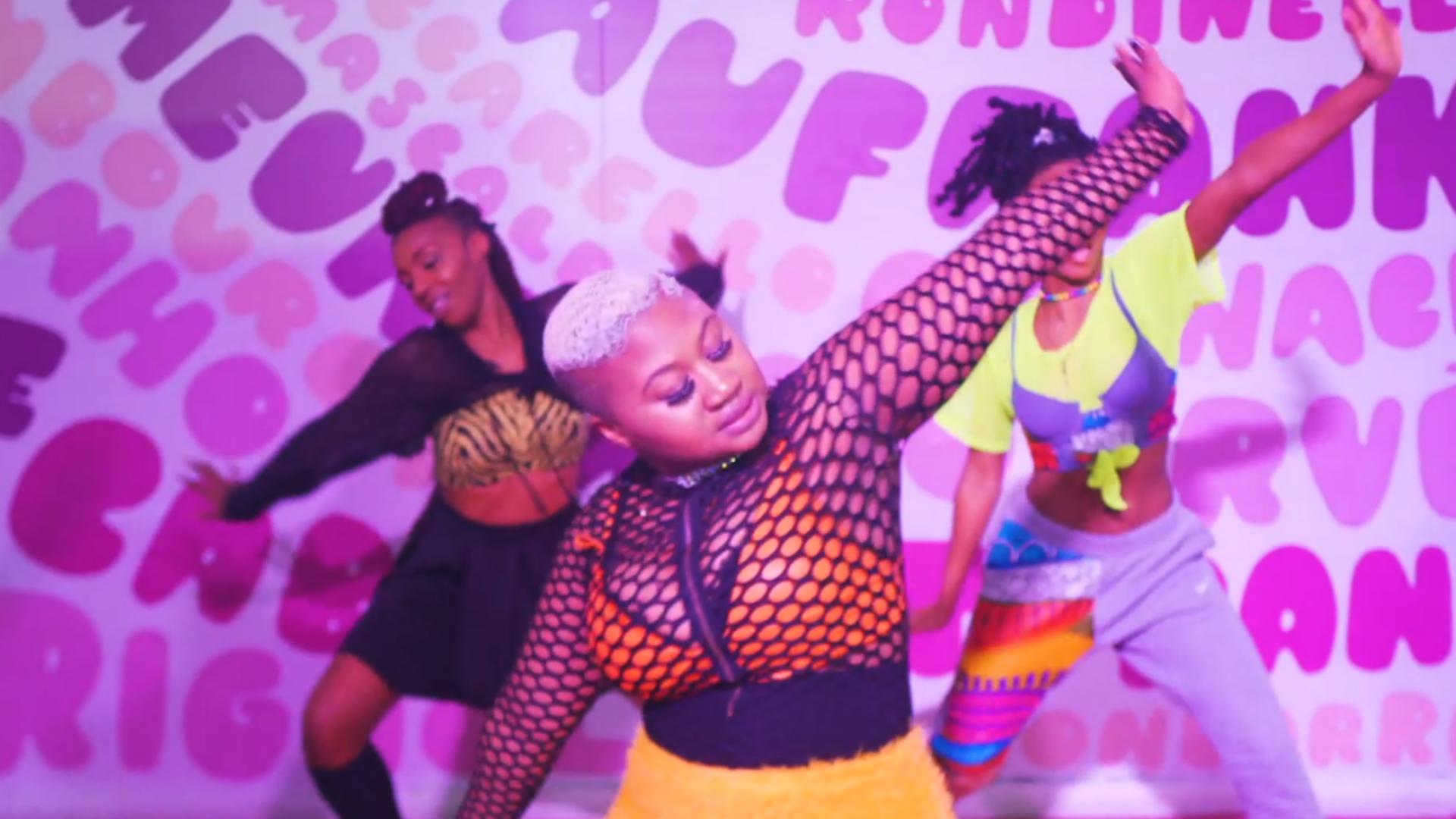
It was 2007 and my self-esteem was at the top of the world. No one could tell me anything about myself because I had just successfully mastered Beyonce’s dance moves from the Upgrade U music video. Socially, I was the KingQueen of my estate because not only could I “Ciara” (her famous matrix dance move from the Like a Boy music video), I could also “Upgrade” and “Beyonce” (twerk) at the same time! I had officially solidified my position as the best dancer among my cousins thus, I was the go-to entertainer whenever Congolese music came on at family functions.

Dance has always been my preferred language of expression. I began connecting the similarities of various global dances from a very young age. When asked by my peers to break down the “Upgrade”, I would always compare it to “Katito” a style of dance popular among the Kamba people of Kenya
It was through dance that I was able to reconcile with my racial identity in the context of America and the world at large. The only labels I was aware of were ethnic because everyone around me resembled me. I was completely unaware of my “Blackness” and its implications until I came to the US as a college student at the age of 18. Furthermore, I was ignorant about the existence of Afro-Latinx people whose existence I only discovered in my junior year at the age of 20 when preparing for an Afro-Cuban dance performance.

My craft as a dancer matured at the same rate as my political views. The similarities that I had once identified at a young age became clearer, they were not global but Black. As I re-educated myself about the movements of Black people around the world, the connections became clearer and the language of dance became sweeter. The links seemed less absurd when I delved deeper into our spiritual connections as Black people. Traditionally, prior to the invasion of white supremacy on the African continent, dance was also used as a form of prayer. The vibrations created by the drum beats, blowing horns and body movements all created an energy charge that opened up our hearts, minds and desires for dialogue to each other, ancestors and our Creator; during which, we would call and respond to each other expressing our pain, joy, wishes and life transitions. Thus, it is not surprising that enslaved Africans in the diaspora found ways to mask this prayer language by adding various elements from the foreign cultures around them instead of completely letting go and assimilating.This was not only our way of praying but a clear form of resistance that has been passed on from one generation to the next.

2019, was declared the Year of Return to Africa for African Americans by Ghana’s president Nana Akufo-Addo. What started as a targeted tourism campaign evolved into a political stance that included the entire Black Diaspora. As we adhere to Nana’s call back to “Africa”, Africa being our confident knowledge of self prior to the invasion of white supremacy, let us allow our dance language to lead the way.
See full video here:




